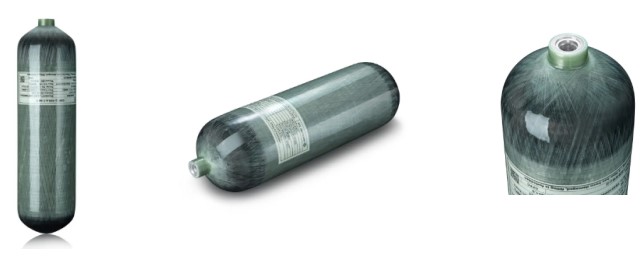The unprecedented global health crises, most notably the COVID-19 pandemic, have brought to the forefront the critical role of medical oxygen cylinders in healthcare systems worldwide. As the demand for medical oxygen soars, industries are rapidly adapting to meet the urgent needs of patients across the globe. This article delves into the challenges and innovations driving the supply chain for medical oxygen cylinders, showcasing the pivotal role these cylinders play in saving lives during health emergencies.
Understanding the Surge in Demand
The need for medical oxygen cylinders has dramatically increased due to the respiratory complications associated with COVID-19 and other severe respiratory conditions. Oxygen therapy is a primary treatment for patients with severe infections, making it essential for hospitals to maintain a robust supply. The World Health Organization (WHO) has highlighted oxygen as an essential medicine, underlining its importance in therapeutic treatments and emergency care.
Challenges in the Supply Chain
The surge in demand for medical oxygen has exposed several challenges within the supply chain:
1-Production Capacity: Many oxygen manufacturers have traditionally catered to industrial needs, with medical-grade oxygen making up a smaller portion of production. The sudden spike in demand has required manufacturers to pivot quickly, increasing their output of medical-grade oxygen.
2-Logistics and Distribution: The distribution of oxygen cylinders, particularly to rural and underserved areas, poses logistical challenges. Ensuring timely delivery requires efficient logistics solutions, especially in regions lacking infrastructure.
3-Cylinder Availability and Safety: The need for more cylinders has led to a scramble for supplies. Additionally, the safety of these cylinders is paramount, as they must handle high pressures and be regularly inspected and maintained to prevent leaks and other hazards.
Innovative Responses to Meet Demand
In response to these challenges, the industry has seen several innovative approaches:
1-Scaling Production: Companies worldwide are expanding their production lines for medical oxygen. This scale-up involves enhancing existing facilities, building new ones, and sometimes repurposing plants that previously produced other gases.
2-Improving Logistics: Innovations in logistics are helping to streamline the distribution of oxygen cylinders. This includes the use of technology to track and manage inventory, ensuring that oxygen is delivered where it is most needed efficiently.
3-Enhanced Cylinder Technology: Advances in cylinder technology are improving safety and portability. New designs include lightweight composite cylinders that are easier to transport and more robust against internal pressures, reducing the risk of accidents.
Regulatory and Governmental Role
Governments and regulatory bodies play a crucial role in addressing these challenges. This includes facilitating faster approvals for new production facilities, providing subsidies or financial incentives for oxygen production, and implementing standards for cylinder safety and quality. Moreover, international cooperation is vital, as many countries rely on imports to meet their medical oxygen needs.
The Path Forward
As the world continues to navigate through health crises, the demand for medical oxygen will likely remain high. The lessons learned during the COVID-19 pandemic are shaping future strategies for handling similar emergencies. Continued innovation in production, logistics, and cylinder technology, along with robust governmental support, are key to ensuring that the global healthcare system can meet the oxygen needs of patients, regardless of where they are located.
In conclusion, medical oxygen cylinders are more than just containers for a life-saving gas; they are a critical component of the global response to health emergencies. The ability of industries and governments to respond effectively to the challenges posed by increased demand will continue to save lives and define the resilience of healthcare systems worldwide.
Post time: Apr-12-2024

